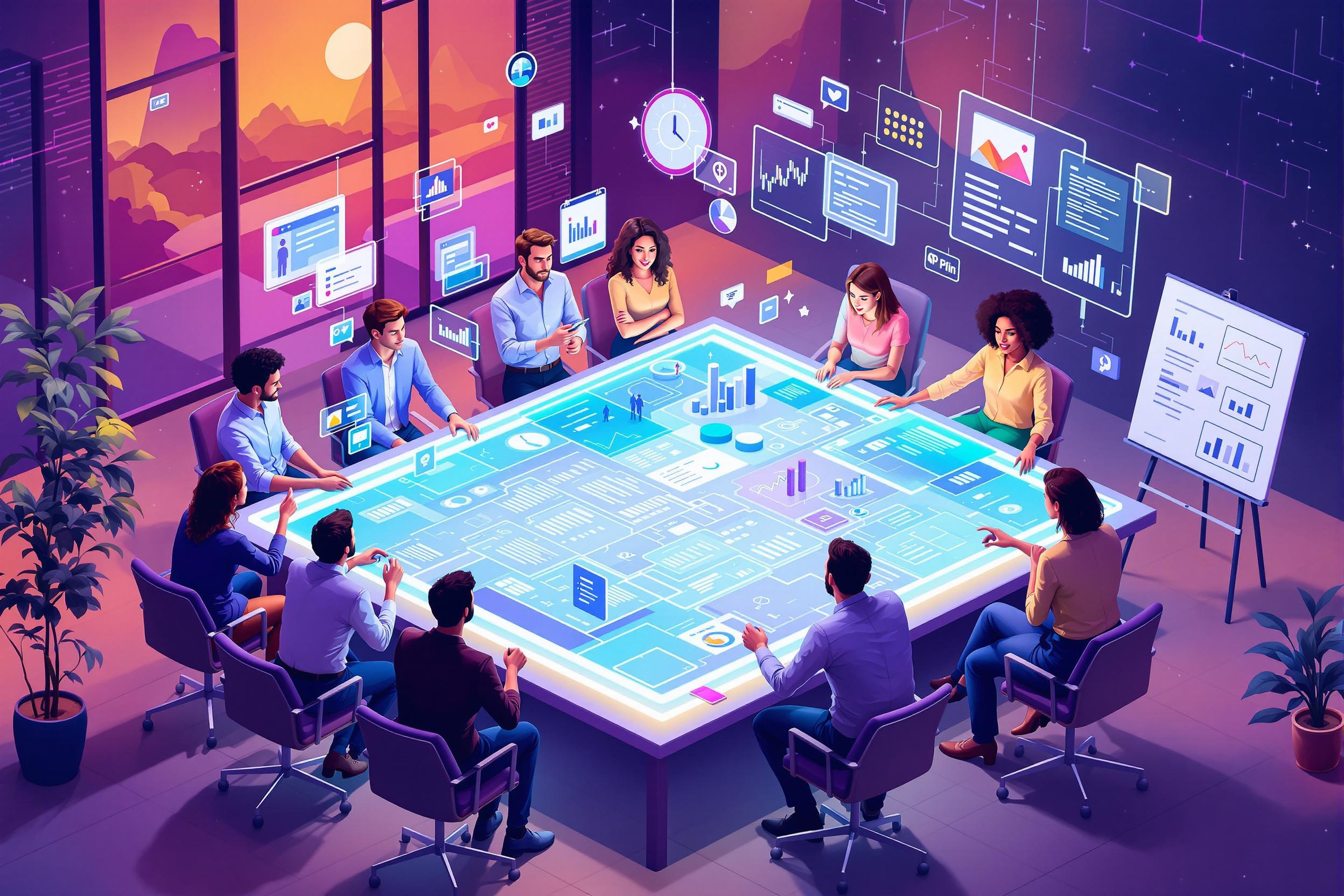
Blended Learning
Blended Learning is a modern teaching approach that combines traditional face-to-face classroom methods with online digital activities. Think of it as mixing the best of both worlds: students get personal interaction with teachers in the classroom while also using technology like online courses, digital assignments, and virtual discussions. This method has become increasingly popular in schools, colleges, and corporate training because it offers flexibility and can accommodate different learning styles. You might also hear it called "hybrid learning" or "mixed-mode learning" - they all mean essentially the same thing.
Examples in Resumes
Developed and implemented Blended Learning curriculum for 200+ high school students
Created successful Hybrid Learning programs resulting in 30% improvement in student engagement
Led professional development workshops on Mixed-Mode Learning strategies for teaching staff
Typical job title: "Blended Learning Specialists"
Also try searching for:
Where to Find Blended Learning Specialists
Professional Organizations
Online Communities
Job Boards
Example Interview Questions
Senior Level Questions
Q: How would you develop a blended learning strategy for an entire school district?
Expected Answer: Look for answers that show experience in large-scale implementation, including teacher training, technology assessment, budget considerations, and measuring success. They should mention stakeholder engagement and change management strategies.
Q: How do you evaluate the effectiveness of a blended learning program?
Expected Answer: Strong answers should discuss various measurement methods like student performance data, engagement metrics, teacher feedback, and parent surveys, along with how to use this information to improve the program.
Mid Level Questions
Q: What strategies do you use to engage students in both online and in-person learning environments?
Expected Answer: Should discuss practical examples of combining digital tools with classroom activities, managing student participation, and creating interactive learning experiences.
Q: How do you support teachers who are new to blended learning?
Expected Answer: Look for answers about training programs, resource creation, one-on-one mentoring, and helping teachers overcome common technology challenges.
Junior Level Questions
Q: What digital tools have you used in blended learning?
Expected Answer: Should be able to name common learning management systems, video conferencing tools, and digital assessment platforms, with basic understanding of how they're used.
Q: How do you ensure all students can access online learning materials?
Expected Answer: Should discuss basics of digital accessibility, considering students without reliable internet access, and providing alternative formats for learning materials.
Experience Level Indicators
Junior (0-2 years)
- Basic understanding of learning management systems
- Creating simple digital learning materials
- Supporting classroom technology use
- Basic troubleshooting of common tech issues
Mid (2-5 years)
- Developing comprehensive blended courses
- Training other teachers in blended methods
- Integrating various digital tools effectively
- Creating engaging online content
Senior (5+ years)
- Program-wide implementation strategies
- Curriculum development leadership
- Educational technology budget management
- Data-driven program evaluation
Red Flags to Watch For
- No hands-on teaching or training experience
- Lack of familiarity with basic educational technology
- Poor communication skills
- No experience with student engagement strategies
- Unable to demonstrate flexibility in teaching methods
Related Terms
Need more hiring wisdom? Check these out...

Future-Proof Your Workforce: Embracing Lifelong Learning

Micro-Internships: The Game-Changer in Project-Based Learning

Lost in Translation? How a Hybrid Mentorship Database Bridges Cross-Regional Talent

